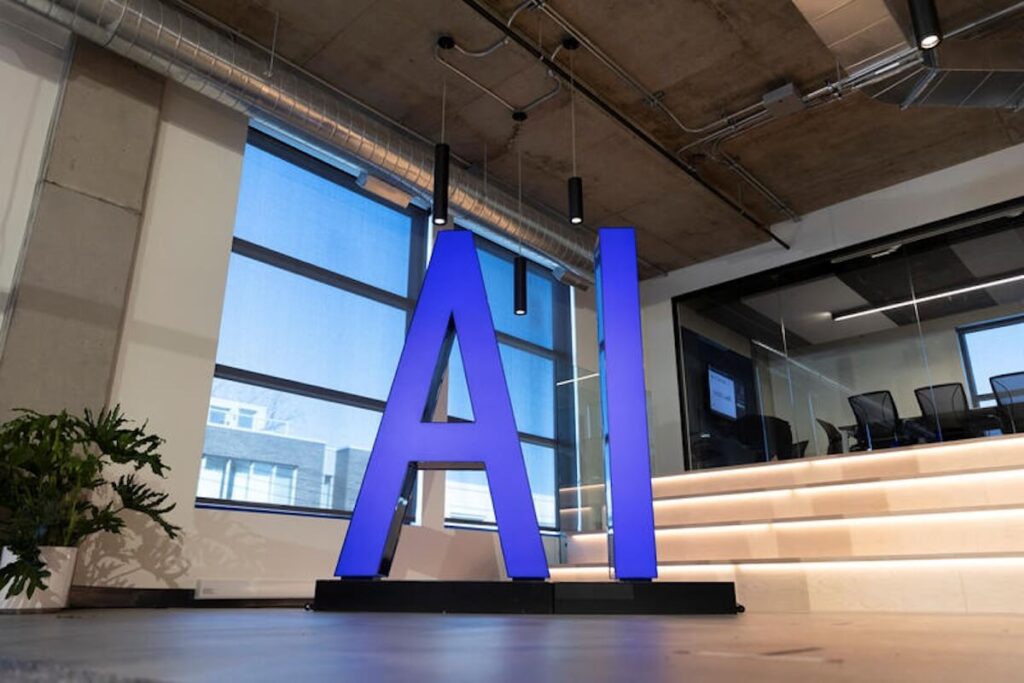Several leading German media organizations are investing in artificial intelligence (AI) news tools to improve reporting efficiency and accuracy. The move highlights a growing trend toward digital innovation in journalism and reflects the media industry’s efforts to meet evolving audience expectations.
AI technologies are expected to help newsrooms process information faster. Reporters can now use AI to gather facts, analyze data, and produce drafts of news stories. This can reduce the time needed to verify information, allowing journalists to focus on in-depth reporting.
The tools also offer benefits in audience interaction. AI can track readers’ preferences and suggest personalized content. Media companies believe this will increase engagement and loyalty while helping them better understand audience interests.
Investments in AI news tools come amid rising competition in the media sector. German publishers are seeking ways to stay relevant as online platforms and social media increasingly dominate news consumption. By integrating AI, they aim to deliver news more quickly while maintaining high journalistic standards.
Some companies have begun testing AI-powered assistants for drafting articles and summarizing complex reports. These tools can scan large amounts of data, identify trends, and highlight key points. While the technology is not designed to replace journalists, it can serve as a valuable support system in daily newsroom operations.
Industry experts say AI can improve accuracy by minimizing human error. Automated fact-checking systems and real-time data analysis allow reporters to verify sources and cross-check information more efficiently. This is particularly important in fast-moving news environments, where timely updates are crucial.
Despite the advantages, some journalists express caution. There are concerns that reliance on AI could affect creativity and the human perspective in reporting. Media houses emphasize that editorial oversight will remain essential to ensure content quality and uphold ethical standards.
The German government and media associations have also encouraged innovation in digital journalism. Several grants and programs support media companies in adopting new technologies, including AI-driven tools for content creation and distribution. These initiatives aim to strengthen the overall media ecosystem and promote transparency in reporting.
By adopting AI news tools, German media companies hope to set an example for responsible innovation. The technology offers ways to enhance reporting speed and accuracy while engaging audiences more effectively. It also demonstrates a commitment to modernizing the industry and keeping pace with global digital trends.
As AI integration continues, media houses plan to monitor results closely. Early experiments suggest increased productivity and more targeted content delivery. Audience feedback and analytics will guide future expansions of AI tools in newsrooms across Germany.
The trend reflects a broader shift in journalism, where technology complements traditional reporting. By combining human expertise with AI capabilities, German media organizations aim to produce reliable, timely, and engaging news. The investment in AI news tools signals a long-term commitment to innovation, quality, and audience-centric reporting.

